Coconut is the most versatile fruit that grows naturally in or around coastal areas in many countries all around the globe. However, coconut is actually a fruit, more specifically a drupe, not a nut. It is a fact that if you are somehow stuck on an island alone, and if that island is home to coconut trees, then you can survive for a longer period of time by just eating coconut and drinking coconut water. When dried up, the outer shell of coconuts becomes flammable, and you can light up a fire from that. Well, that was a survival scenario, but in today’s modern world, coconuts are being used in industries like construction, fabric, makeup, and beauty products.
That’s the reason there is such high demand for coconuts all around the world. And the developing nations in Asia like Indonesia, Philippines, India, Sri Lanka, and many others are responsible for the most amount of coconuts production every year. You’ll be surprised to know that there are over 150 species of coconut trees in more than 80 countries all around the world.
Here’s a range of possible forecasts for global coconut production by 2030:
- Low-end estimate: 70 million tonnes (based on historical growth trends and considering the potential impact of climate change and disease)
- High-end estimate: 90 million tonnes (factoring in the potential benefits of technological advancements, improved farming practices, and rising market demand)
And you may already know that Indonesia is the largest producer of coconut in the world, but what about other Asian and other continental countries? Where do they rank on this list? Well, that’s what we are going to explore in today’s post where we will be taking a look at the top 10 largest producers of coconut in the world. So stay tuned for that. Let’s get going now.
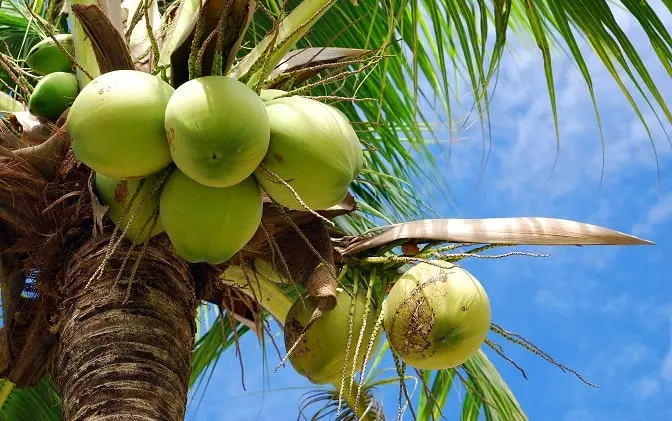
Top Countries for Coconut Production in World
1. Indonesia

North Sulawesi is the main region where most of the coconut trees are cultivated in Indonesia. And for many families in Indonesia, coconut cultivation is the primary source of income. Since Indonesia is surrounded by the ocean, thus the coastal line stretches all around the country. On top of that, the climate conditions are just perfect for the growth of coconut trees, which is why Indonesia is the largest producer of coconut in the world. Talking about the recent data on coconut production in Indonesia, so it produced around 17.13 million metric tonnes of coconut in 2021. A significant portion of the produced coconuts is exported to other nations, which also makes Indonesia the largest exporter of coconuts in the world.
2. Philippines

Ranking second on the list of largest coconut producers in the world is the neighboring country of Indonesia. As per the fresh data on coconut production, the Philippines holds the title of the second-largest producer of coconut in the world. Similar to Indonesia, the Philippines is also surrounded by ocean from all sides, thus it has a long stretch of coastline. The tropical environment in the Philippines is just perfect for the growth of coconut trees, not just in a specific area, but all across the nation. That is the prime reason the Philippines produced a whopping 14.77 million metric tonnes of coconuts in the last fiscal year. For sure, there is a high demand for coconuts among the locals of the Philippines, but still, a decent production amount is exported to other countries to generate profits.
3. India

India is not very far behind the Philippines in terms of annual coconut production. Therefore you may see both of these countries changing their ranks in the coming few years. There are much higher chances of India surpassing the Philippines in about 3 to 4 years in terms of coconut production every fiscal year. But as of now, India holds the title of the third-largest producer of coconut in the world. The major cultivation of coconut trees happens in the south of India, that’s because the climate conditions are just perfect there for coconut growth. According to a statistical report from 2021, India produced well over 14.68 million metric tonnes of coconuts.
4. Sri Lanka

From the third spot of this list, the coconut production dips from more than 10 million metric tonnes production difference. Sri Lanka is known as the fourth-largest coconut producer in the world for quite some time now. And that is primarily because coconut production has been quite steady over the years. In 2021, Sri Lanka produced around 2.47 million metric tonnes of coconuts, and a significant portion of the production amount was exported to other countries. However, next year, coconut production in Sri Lanka may dip a lot, that’s because Sri Lanka is dealing with the economic crisis.
5. Brazil

Outside of Asia, Brazil is the largest producer of coconut in the world. However, in terms of coconut production, Brazil can’t compete with the top three ranking countries on our list today. However, Brazil has been the fifth-largest coconut producer in the world for a while now. And it has managed to hold onto this title because it produces more than 2 million metric tonnes of coconuts every year. To be precise, last year Brazil produced around 2.33 million metric tonnes of coconuts. And coconut cultivation plays an important role to keep the nation’s economy steady.
6. Vietnam
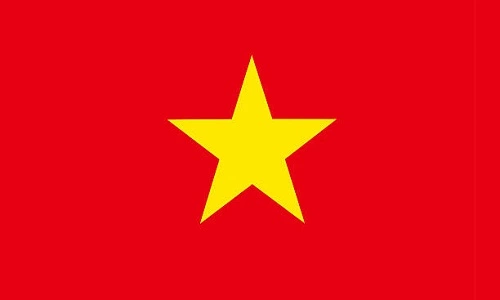
Along the coastline of Vietnam, many local families and farmers take part in the cultivation of coconut trees to sell off in the local market. That’s because there is a super high demand in Vietnam for raw coconuts. Since the tropical forests stretch all across the country, that’s why it makes the environment perfect for the growth of coconut trees. Thus Vietnam managed to produce well over 1.68 million metric tonnes of coconuts last year. A decent amount of those coconuts were exported to other high-demanding nations for profit.
7. Thailand

Ratchaburi to Kelantan has a long coastline, thus many villagers and farmers prefer to cultivate coconut trees over other crops. And the major coconut production in Thailand happens in these regions only. In the rocky coastal areas of Thailand, coconut trees also grow naturally, but those trees are barely harvested because they are pretty hard to reach. If you look at the total coconut production amount of Thailand, you’d notice that it is somewhat steady. Last fiscal year was pretty decent where Thailand produced around 1.88 million metric tonnes of coconuts.
8. Malaysia

Last but not least is the neighboring country of Thailand, which is bound to Thailand and other than that is surrounded by ocean from all sides. Malaysia barely produces around 500 thousand metric tonnes of coconuts every year, but since we had to include a 10th producer on today’s list, that’s why you are seeing Malaysia’s name on this list. To be precise, last year Malaysia produced around 1.75 million metric tonnes of coconuts despite having a huge demand for coconuts and coconut-based products in the local markets. For that Malaysia prefers to import raw coconuts as well as coconut oil from other Asian countries like the Philippines, Indonesia, Thailand, etc.
8. Papua New Guinea

The neighboring country of Australia, which is known as Papua New Guinea is also a place where you’d find tropical forest, which is utterly different from the climate conditions of mainland Australia. Philippines, Malaysia, Indonesia, and Papua New Guinea are formed one from one island group which stretches from East Asia to Australia. And this region is among the most biodiverse regions in the entire world because of the tropical forests. From all sides, Papua New Guinea is surrounded by the ocean. This is why every year, this country is able to produce more than 1 million metric tonnes of coconuts, and last year that production amount was around 1.62 million metric tonnes.
10. Mexico
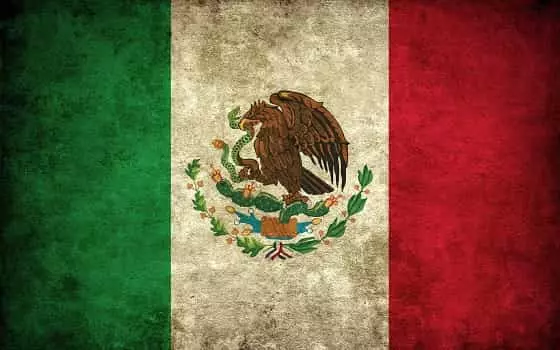
North America may not seem like a place where you’d find coconut trees in large quantities, but Mexico’s southern parts have perfect climate conditions for the growth of coconut trees. However, many of you may know Mexico as this deserted place, but since Mexico is surrounded by the Pacific Ocean, that’s why the coastline is much larger in Mexico. And around the coasts of Mexico, many local farmers cultivate coconuts every year. This is how Mexico was able to produce around 1.29 million metric tonnes of coconuts in 2021.
Conclusion
Alright, now you have a pretty good understanding of why these 10 countries are considered to be the largest producers of coconuts in the world. Right? Well, Some of these countries also import coconuts from other nations despite producing an insane amount of coconuts every fiscal year, and that is just to keep up with the rising demand.
Coconut Production FAQs
Q1. What Are The Major Challenges Faced By Coconut Producers Worldwide?
Ans: Coconut producers worldwide encounter various obstacles, including the vulnerability of coconut trees to pests and diseases like lethal yellowing disease, which can significantly reduce yields. Furthermore, the absence of advanced agricultural techniques, limited availability of high-performing varieties, and insufficient government support can negatively impact coconut farm productivity.
Q2. What Are Some Common Uses Of Coconuts Besides Food Consumption?
Ans: Interestingly, coconut shells can be transformed into charcoal, a valuable energy source. Coconuts also have a fibrous outer layer called coir, which can be manufactured into diverse products such as ropes, mats, and brushes. Coir is also utilized in horticulture as a soil amendment or growing medium. Coconut oil, extracted from the fruit’s meat, is a popular ingredient in cosmetics and skin care products due to its moisturizing and nourishing properties.
Q3. Are There Any Environmental Concerns Associated With Large-Scale Coconut Production?
Ans: Deforestation is a major concern, as natural forests are frequently cleared to establish coconut plantations, leading to biodiversity loss and ecosystem destruction. Moreover, chemical fertilizers and pesticides can cause soil degradation and water contamination, posing risks to both the environment and human health.
Q4. What Is The Typical Lifespan Of A Coconut Tree And How Often Are They Replanted On Large-Scale Plantations?
Ans: On large-scale plantations, coconut trees are typically replanted when their productivity starts to wane, which usually occurs around 40 to 50 years of age. This practice ensures consistent production levels and maintains soil health and fertility.
Q5. How Is Research Being Conducted To Improve Coconut Cultivation And Production Practices?
Ans: Research and development efforts concentrate on creating high-yielding, disease-resistant coconut varieties and advocating for sustainable and environmentally-friendly farming methods. By incorporating the results of these studies, the coconut industry can address some of the challenges it confronts and guarantee a more sustainable and efficient production process.

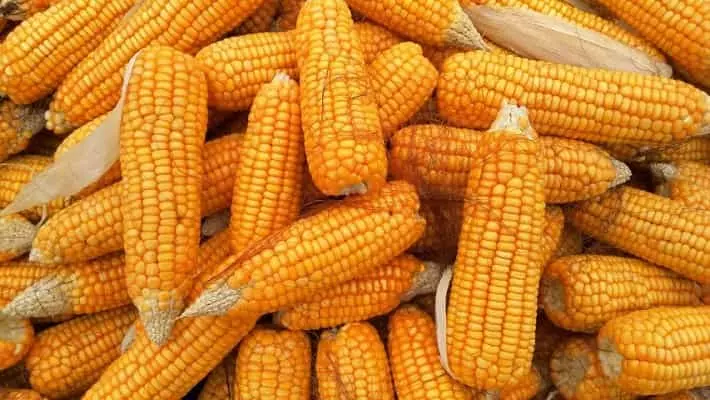

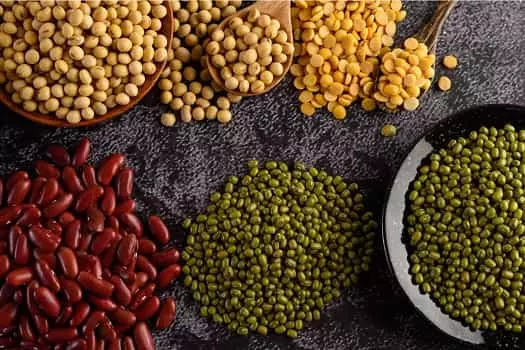











🇮🇳 I love india